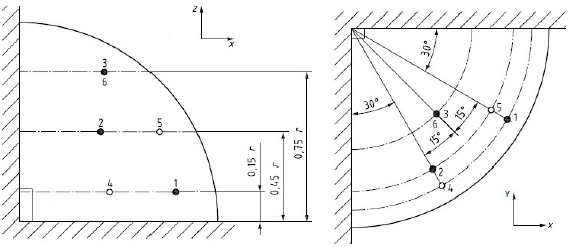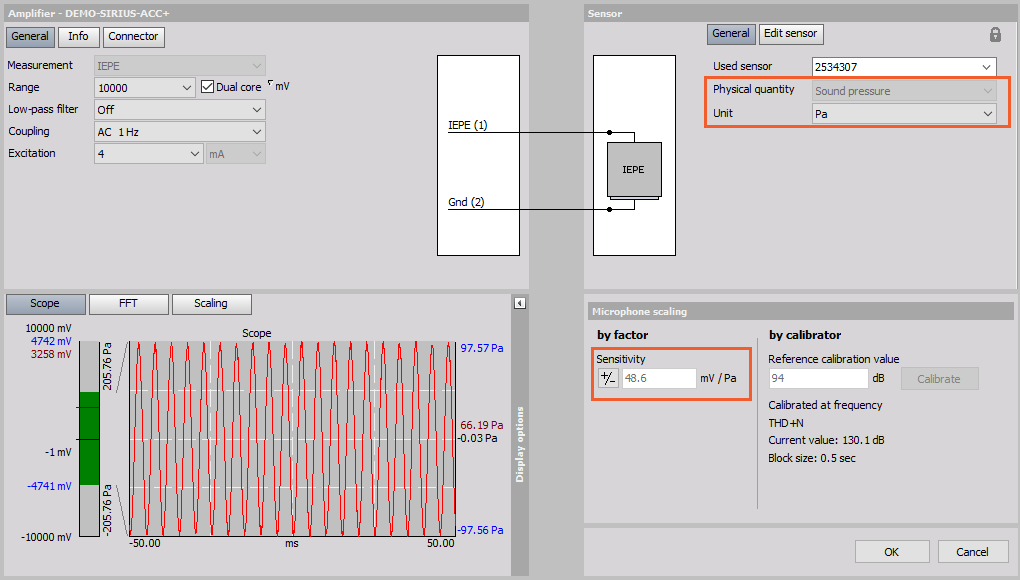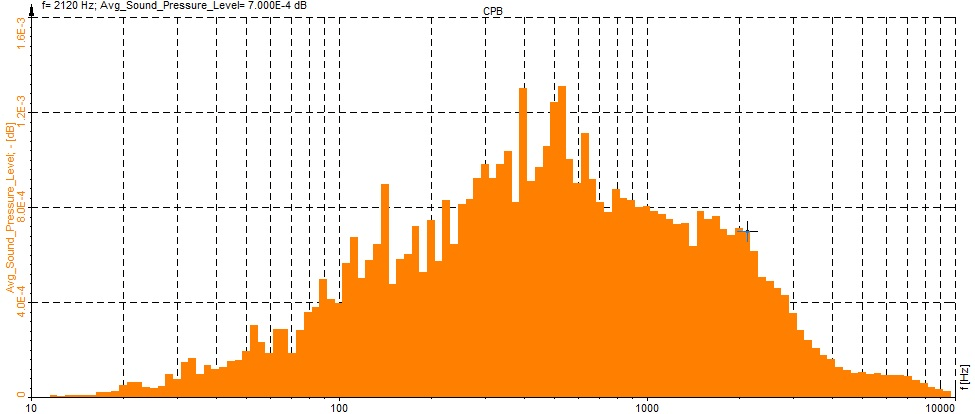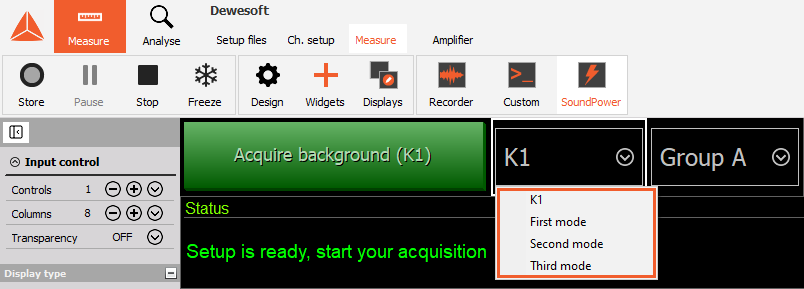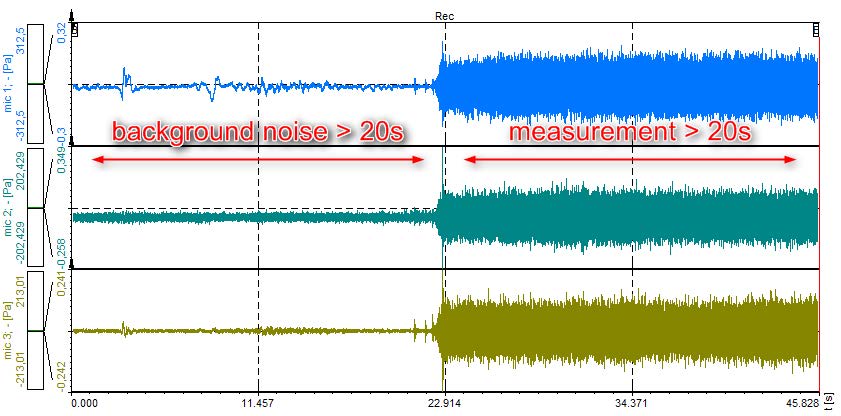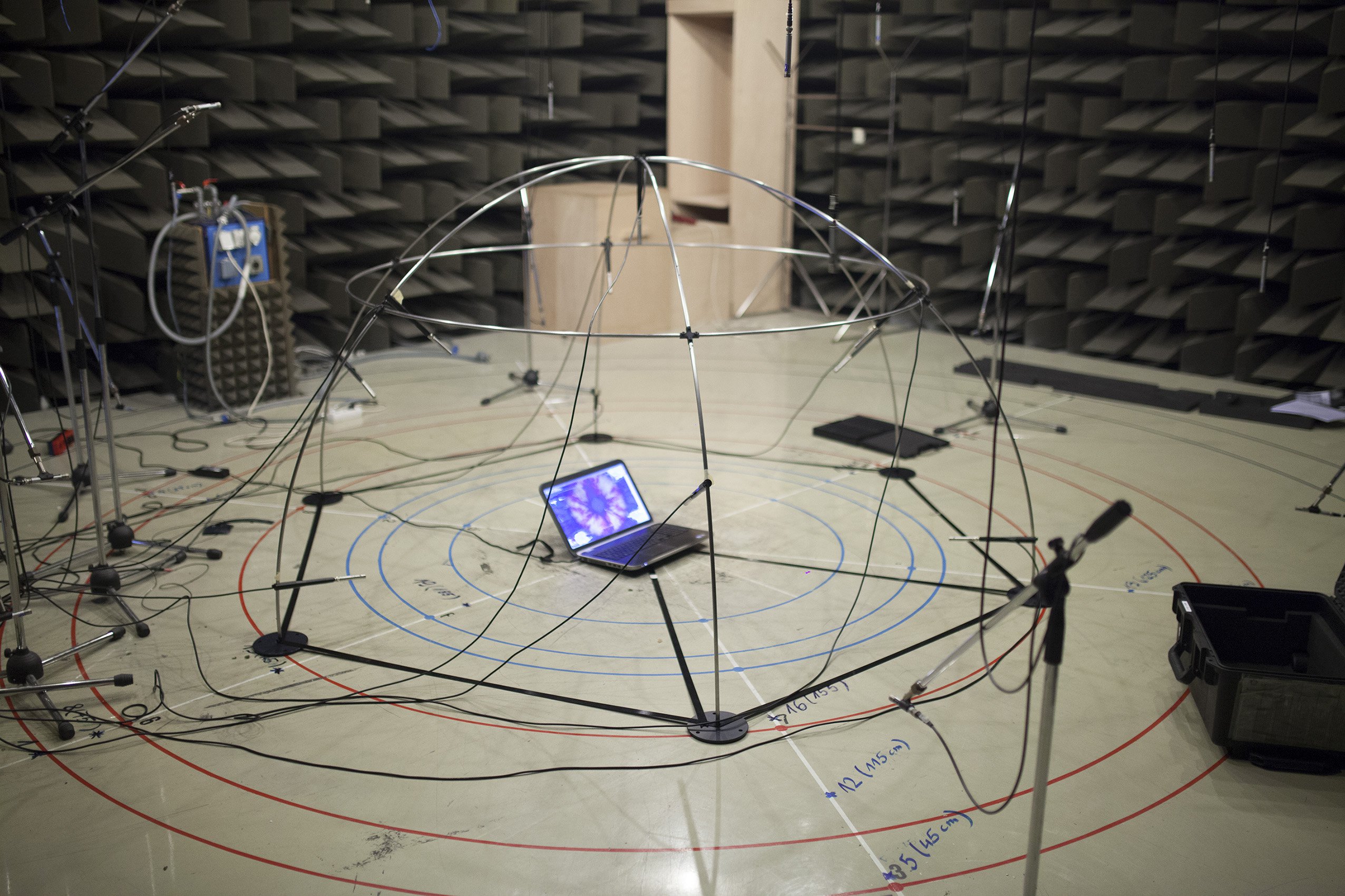Sound is actually a pressure wave - a vibration that propagates as a mechanical wave of pressure and displacement.
Sound propagates through compressible media such as air, water, and solids as longitudinal waves and also as transverse waves in solids. The sound waves are generated by a sound source (vibrating diaphragm or a stereo speaker). The sound source creates vibrations in the surrounding medium. As the source continues to vibrate the medium, the vibrations propagate away from the source at the speed of sound and are forming the sound wave. At a fixed distance from the sound source, the pressure, velocity, and displacement of the medium vary in time.
 Image 1: Sound is a pressure wave - a vibration that propagates as a mechanical wave of pressure and displacement
Image 1: Sound is a pressure wave - a vibration that propagates as a mechanical wave of pressure and displacement
Sound pressure
Sound pressure or acoustic pressure is the local pressure deviation from the ambient (average, or equilibrium) atmospheric pressure, caused by a sound wave. In air the sound pressure can be measured using a microphone, and in water with a hydrophone. The SI unit for sound pressure p is the pascal (symbol: Pa).
Sound pressure level
Sound pressure level (SPL) or sound level is a logarithmic measure of the effective sound pressure of a sound relative to a reference value. It is measured in decibels (dB) above a standard reference level. The standard reference sound pressure in the air or other gases is 20 µPa, which is usually considered the threshold of human hearing (at 1 kHz). The following equation shows us how to calculate the Sound Pressure level (Lp) in decibels [dB] from sound pressure (p) in Pascal [Pa].
\( L_{p} = 10\cdot log_{10} \left(\frac{p_{rms}^{2}}{p_{ref}^{2}}\right) = 20\cdot log_{10}\left(\frac{p_{rms}}{p_{ref}}\right) \)
where \( p_{ref} \) is the reference sound pressure, and \( p_{rms} \) is the RMS sound pressure being measured.
Most sound level measurements will be made relative to this level, meaning 1 pascal will equal an SPL of 94 dB. In other media, such as underwater, a reference level \( p_{ref} \) of 1 µPa is used.
The lower limit of audibility is defined as SPL of 0 dB, but the upper limit is not as clearly defined. While 1 atm (194 dB Peak or 191 dB SPL) is the largest pressure variation an undistorted sound wave can have in Earth's atmosphere, larger sound waves can be present in other atmospheres or other media such as underwater, or through the Earth.
 Image 2: Sound pressure level representation
Image 2: Sound pressure level representation Ears detect the changes in sound pressure. Human hearing does not have a flat spectral sensitivity (frequency response relative to frequency versus amplitude). Humans do not perceive low and high frequency sounds as well as they perceive sounds near 2000 Hz, as shown in the equal-loudness contour. Because the frequency response of human hearing changes with amplitude, weighting curves have been established for measuring sound pressure.














